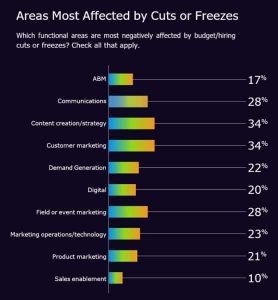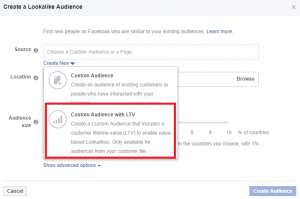The majority of job adverts around the world have a statement at the bottom along the lines of “Company XYZ is an equal opportunity employer.” I know that there are a number of companies in frontier markets who make the statement but in reality, don’t really enforce it. It’s tough to say whether this happens because of deliberate decisions to not hire a certain type of candidate or just because certain jobs actually cannot thrive with equal opportunity employees. In either case, it happens.
Being an equal opportunity employer means much more than implementing gender diversity hiring and promoting practices. There are actually 6 elements that must be considered to have a truly diverse workforce:
- Race
- Age
- Color
- Gender
- Religion
- National Origin
There’s a good chance (and this is more true if you’re working in frontier markets) that you promote that you’re an equal opportunity employer but in reality you’re missing important components that really make you one. So, ask yourself the questions below and decide whether you need to take a harder look at your organization to make it a more fair place to work at.
1. Do You Hold Your Managers Responsible for the Progress of Minors (Including Women) in Your Organization?
Being an equal opportunity employer requires management buy-in just like any other important part of your culture. As with anyone who has tried to implement a program in their company, you know that it’s not enough to send out an email and have everyone agree (though if you get that done, it’s also a major achievement). To be a true equal opportunity employer you need to see whether your managers are giving everyone the same chance to learn and grow in their jobs.
What you can do: Add a team diversity section to your manager’s performance review. It doesn’t have to actually impact their final result, but it needs to become a point of discussion.
2. Do You Know About the Global Non-Discrimination Acts That Have Been Implemented Around the World?
There are very few frontier markets that have legal requirements for equal opportunity employment. And if they do, they’re just not enforced. But if you’ve worked in frontier markets, you know that to create any kind of improvement you most likely will have to go on what other regions think are best practices rather than follow your own country or area. In fact, you’ll get the best results if you take global best practices and toss in some local elements to create a customized solution.
What you can do: Have someone in your team research global equal opportunity employment statutes and take the key elements which would work best in your environment.
3. Do You Review the Diversity Make Up of Management During Your Promotion Season?
I list this separately as point 1 because that’s about holding your management team responsible and this is about taking a look at the bigger picture. It’s about looking at gender and race and religion at all levels and seeing if everyone is represented across the entire organization’s job level spectrum. I understand that maybe you live in a region where there aren’t enough people with different backgrounds to have a diverse leadership team, but if nothing else, you can definitely start with gender diversity.
What you can do: Use company percentages of minorities as a ratio for leadership team percentages. So for example, if you have a 50/50 split of men and women, you should have something similar across job levels as well.
Basically all this comes down to is why do you write “[Your Company] is an Equal Opportunity Employer” in your job adverts? Was it just because it seemed like that’s what everyone was writing or was it because you really want to provide equal opportunity to everyone? Make sure that equal opportunity employment is an integral part of your company culture and not just something you to say to make yourself “look good.”
Business & Finance Articles on Business 2 Community(41)






